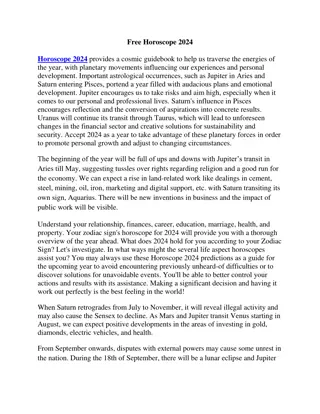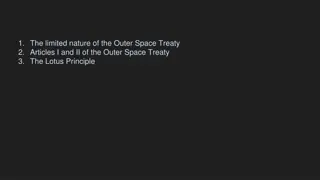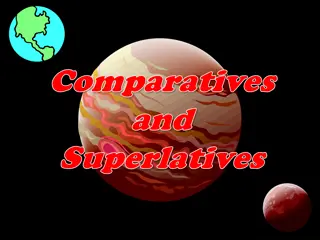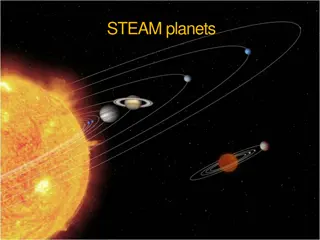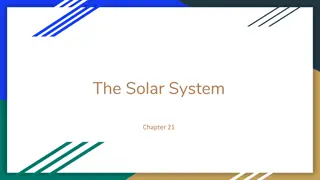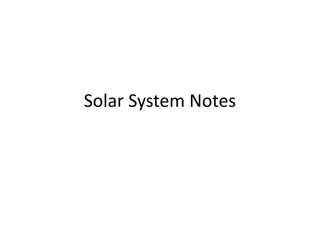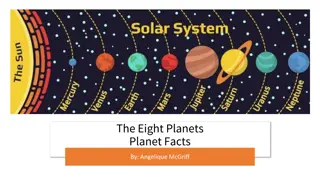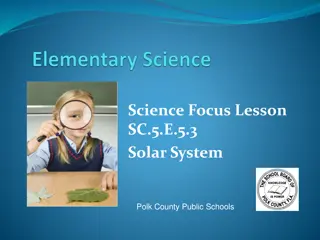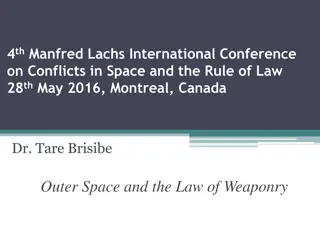Exploring the Outer Planets: Jupiter and Saturn
Discover fascinating details about the outer planets Jupiter and Saturn, from Jupiter's gaseous composition and iconic Great Red Spot to Saturn's impressive rings and unique characteristics like being the "Ringed Planet." Explore the moons of Jupiter, including the Galilean Moons, and learn about Saturn's intriguing features as the sixth planet from the Sun with a 30-year orbit.
Download Presentation

Please find below an Image/Link to download the presentation.
The content on the website is provided AS IS for your information and personal use only. It may not be sold, licensed, or shared on other websites without obtaining consent from the author. Download presentation by click this link. If you encounter any issues during the download, it is possible that the publisher has removed the file from their server.
E N D
Presentation Transcript
Chapter 24: Section 3 Notes The Outer Planets
Outer Planets Jupiter, Saturn, Uranus, Neptune Pluto is no longer considered a planet. 4 planets are gaseous giants (Jovian Planets) Voyager 1 & 2 probed the 4 gaseous giants Jupiter, Saturn, Uranus, Neptune
Jupiter jupiter.jpg
Jupiter Largest Planet in our Solar System Fifth planet in order Has 4 sets of rings = 2 outer rings =gossamer rings Revolution = 11.9 years to orbit Rotation = 10 hrs (fastest of all planets)
Jupiters Composition Made of Hydrogen, Helium, Ammonia, Methane, & water vapor Gaseous Atmosphere, Liquid Mantle, & Solid Core Clouds form color bands (strong jet streams) Winds up to 400 km/hr. Has Great Red Spot: Continuous Atmospheric Storm Lightning has been observed in the atmosphere Radiates 2x as much heat as it receives Believed to be a star that just didn t make it
Jupiters Moons Jupiter has at least 79 moons Four Largest = Galilean Moons (Discovered in 1610) Named: Io, Europa, Ganymede, Callisto Io: Closest of the Large moons to Jupiter Most volcanic objects in out Solar System Sulfuric Lava produces Reddish/Orange color Holds a thin sulfur dioxide atmosphere Europa: Composed of solid rock covered with ice Tectonic activity frozen crust layer Thin oxygen atmosphere
Jupiters Moons continued Ganymede: Largest moon in the Solar System has own magnetic field Larger than Mercury, Surface covered in Ice Slushy Mantle, Solid rock core Callisto: Composed of heavily cratered Rock/Ice Crust Water/Ice mantle with a rocky core
Galilean Moons Europa Io with eruption Callisto Ganymede
Saturn images.jpeg
Saturn Sixth planet from the sun revolution: 30 year orbit rotation: 11 hr is the Ringed Planet Second Largest planet Very low density (would float in water) Atmospheric composition: Mostly hydrogen & helium; also ammonia, methane Liquid Hydrogen/helium mantle & small rocky core
Saturn Continued 7 Rings composed of 1000 s of ringlets Ringlets are made up of ice & rock particles Many/Several moons orbit Saturn (82 total) Largest moon = Titan (2nd largest in Solar System) Real atmosphere of nitrogen, argon, & methane Thick, smog clouds cover Titan Surface temp. = -180 0C (-292 oF)
saturn_false.jpg (62611 bytes) saturn_rings_false.jpg (129826 bytes)
Uranus default-uranus.jpg
Uranus Smallest of the gas planets Only one named after a Greek God Discovered in 1781 7th planet from the sun revolution: 84 year orbit rotation: 17 hour rotation Average Temp. = -3280F -350oF
Uranus continued Has 27 moons 5 largest are almost identical Main Moon is Titania Dark color, lack atmosphere, crater riddled Has several dark rings Detected a magnetic field tilted 600 from axis Atmosphere: Hydrogen, Helium & Methane Methane gives planet a blue/green tint Liquid mantle of water, methane, & ammonia Rocky core ** Rotational axis lays on its side (Spins like a tire)
Neptune Unknown.jpeg
Neptune Last of the gas planets; discovered in 1846 Orbit overlaps Pluto s at 2 points Change position 8 9 & 9 8 1 orbit = 165 years; 1 rotation = 16 hrs Atmosphere: Hydrogen, Helium, Methane dark, cold, and super sonic winds Methane gives Neptune bluish tint (has unknown components) Winds = 2200 km/hr; Temperature = -417 0F Has a dark spot = storm in it s atmosphere Liquid mantle: water, methane, & ammonia Core: solid rock
Neptune continued Now has 14 moons (14this an unofficial moon) Largest moon = Triton Has a thin nitrogen atmosphere cold and orbits the opposite way of the other moons Constantly erupting methane geysers also detected The Great Dark Spot oval-shaped dark storm Neptune also has 6 rings (thin & thicken at different places)
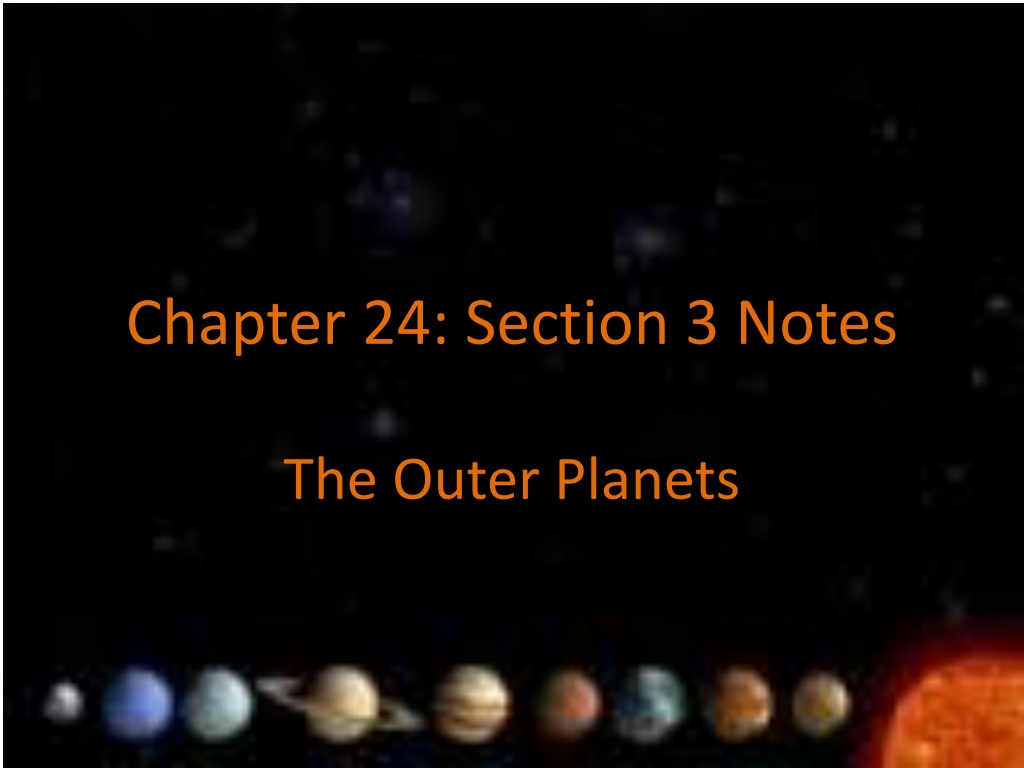

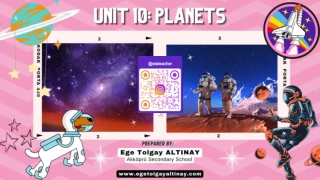
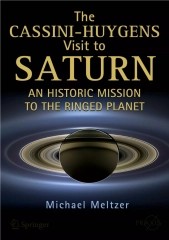
![Read⚡ebook✔[PDF] Io After Galileo: A New View of Jupiter's Volcanic Moon (Sprin](/thumb/21612/read-ebook-pdf-io-after-galileo-a-new-view-of-jupiter-s-volcanic-moon-sprin.jpg)


